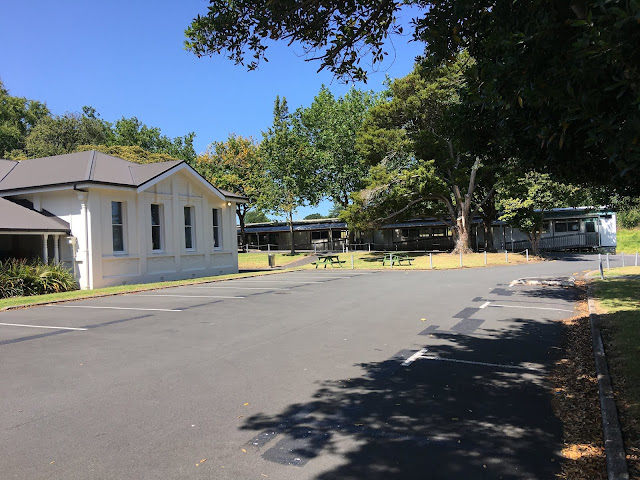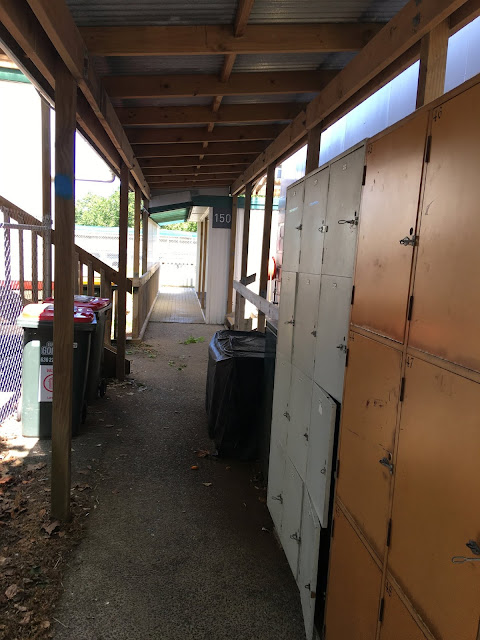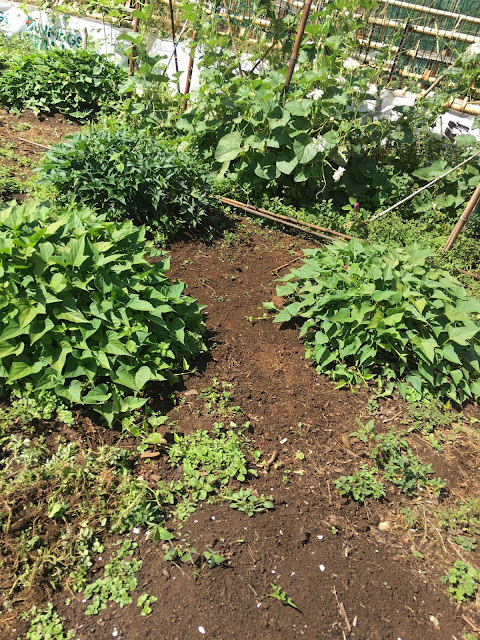At our regular monthly working bee on Sunday 9th August, we were pleased to have a workshop by John on how to plant seeds and seedlings.
August is the beginning of Spring, with the Grey Warblers singing being a good sign.
September is a better time to plant seeds that need more warmth.
Now (August) plant;
Brassicas - Chinese cabbage, Bok Choy, spring onions, spring onions, radish, turnips, peas, parsley, etc.
September;
Pumpkin, beans - scarlet runners then climbers and dwarf.
Always kale and silverbeet.
Later eggplant, capsicums, etc that need more heat.
Refer to the seed catalogues for planting seasonal ideas - there is lots of information there.
If seedlings growing time is more than 2-3 weeks then you will need to add additional nutrients to the potting mix - Biofert, lime and, pumice sand.
If soil is too acid or alkaline it locks up nutrients.
Acid - add lime but very cautiously!
Trays
Hygienic, rigid and strong
Bigger individual seeds eg - peas or beans, can be planted into the round singles trays.
Fill the tray and level the potting medium
Next compress
Divide the tray with sticks and plant each variety of seed in their own 'lane'.
Label seeds - what, when, and your name.
NB Please use a pencil to label your seeds.
Then sift a top layer of potting mix over the seeds until they are 'just covered'. Lettuce needs light to germinate so don’t cover too deeply. Now is a good time for lettuce as it likes cool temperatures to germinate.
Then give a good soak of water... gently.
Greenhouse irrigation has been upgraded and is available to grow seedlings for your plot - please ensure you have enough space in your plot for your seedlings!
Cover with a board/corflute or card to keep moist for a day or two until you see some germination (1-2 days) and then remove the cover to allow the light onto the seedlings.
Sow things from the same family or small seeds so they’re compatible.
For peas or beans use individual cell trays. Peas and beans are good to plant now.
Root vegetables do not like root disturbance so plant these in cell trays to minimise root disturbance. Individual pots are better than cells.
Pricking out is done to grow plants on to a bigger size before planting out if this is needed.
Also replanting into cells refreshes the soil thereby making more nutrients available to the seedlings.
Fill and level cells
(Dimple with your fingers to centre seeds - if you are planting seeds).
Otherwise, uplift seedlings with some soil left on the root. Lift with leaves NOT the stem as this may crush them.
Firm in the roots.
If roots are too big - make a bigger hole.
Use bamboo tweezers to lift from the leaves.
Label.
Water in.
To remove seedlings when ready to plant - use a pegboard to pop them out or use an individual stick and push the seedlings out from underneath.
Minimise roots disturbance.
Spring - September is big push time for seedlings
Prepare beds.
Dig in green crops.
Dig over beds and add compost.
Beds need feeding with compost, organic matter- lupins, etc.
also, add Biofert (also has trace elements) to the beds - also possibly lime after test pH.
'Blood and Bone' is useful but also add potash.
Do not use Horse manure as it is often full of weed seeds. Commercial sheep pellets are okay.
Liquid fertiliser is difficult as it's hard to know if it is organic or not.
Compost - 2 buckets per season per plot - Summer and winter. It takes a lot of vegetation and communal work to produce these bucketfuls.
Compost must be dug in and not used as mulch. Spread the compost on to the surface and then dig into the first few inches before planting out seedlings.
Plant root veg directly into the soil and protect from the birds.
Seagrass mulch will deter the birds - as will netting. Then thin out as the young plants come up.
Psyllid insect has now invaded NZ. It affects potatoes and tomatoes. Psyllid transmit a bacterium and ruin the crop. So cover the crop with fine white mesh/netting cloth. Plant early to help avoid Psyllid.
Liseta potatoes for Xmas. Maori potatoes do not seem to be so affected by Psyllid.
Please return and clean your trays and used labels so they are recycled for other members to reuse. It's also a good idea to keep a notebook of what and when you sowed and keep growing notes.
Recommended reading;
Prof Walker booklet
Also,
And
Happy Gardening everyone.



















































































